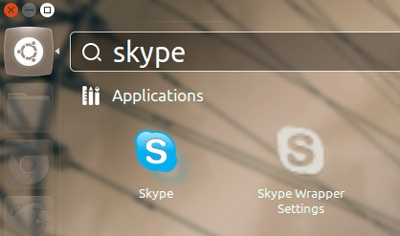What is Soldering, and Soldering techniques
What is Soldering, and Soldering techniques
What is Soldering?
Soldering is.; Welding materials together may be done in several ways. The easiest and most common is to use a glue binder. However, the connection this way. There are weaknesses in the strength of adhesion and conductivity. So in the metal is often used to weld. By connecting Must use heat to fuse metals together.
But in addition to the electronic requirements for the strength to hold it. Also needs to be connected electrically with. They also want the ease of removal of the connection later so popular method of soldering, so we could say that the soldering is. To connect metal together by using the media, which is an alloy of tin and lead, as the binder. For this purpose the electrical connection. And easy to remove later.
Soldering must have 2 main types of soldering and solder without soldering. Is used to provide heat to melt the solder. To weld, the piece The solder is a mixture of tin and lead. And the flux. The formation of oxides of metals. Deterrent to connect during soldering.

Soldering techniques
Soldering pieces The default is to use a soldering iron to fit the job. Both the heat and tip soldering iron. The pre-soldered as follows.
Soldering iron tip clean with a soft cloth. Refractory or sponge And in the case of the soldering iron should first plug the soldering iron, let it heat up. Light at the end of a soldering iron and lead. To the next lead to the end of a soldering iron.
Before soldering, clean the parts first. The iron grip A hand holding a soldering iron without pressure.
Heat the two parts. Then pay solder between the workpiece.
Supply Lead to the workpiece.
When the lead melting Therefore lead to a gradual withdrawal
then pull out the soldering iron specimen, respectively.
Note: Do not use a soldering iron to melt the lead, then the mask lead will not stick because of the target machine. Solder the specimen to the problem.
Soldering equipment to the printed circuit board.
The printed circuit board itself. When finished, wash the bite with thinner. Then clean with detergent Let it dry and then paint thinned with turpentine. But for the assembly of a printed circuit board can be soldered company immediately.
I used sandpaper and rub gently remove dust and wax off. If you want convenience, they may use a knife to gently scrape the pins, but do not force it to scrape a tin coating off. Makes it difficult to
To heat the PCB and all the pins are soldered together.
Pay solder at the workpiece when the melted lead. Gradual removal of solder and a soldering iron from the work completed.
Wire bonding to the PCB.
Stripping wires to the right size. Do not peel the long or too short.
Slides coated lead wire end first. To be soldered to the PCB easier.
Lead wires inserted into the circuit. Then solder, soldering devices as
Soldering wires to the main (Terminal).
Wires to the main presentable before.
Use the tip of a soldering iron touch the junction to solder. To rest Took the lead, touch the solder. Lead to dissolve the joint, then pull out the lead and iron.
Towards the end of the soldering iron impurities.
During the soldering Soldering may be dirt sticks. The solder is not good enough. Should be cleaned using a sponge, soldering iron resistant. Contain no plastic or fabric. Do not use a soldering iron to knock off the lead. This may cause the wire to heat the soldering iron damage.
It is often used when the soldering iron to the copper may be worn or blunt the inconvenience. You should use a nail file or sandpaper abrasion. Decorate the tip intact
To pay Solder
Payment of solder should be paid to some extent. Do not pay too much Or too little The joints are tight and beautiful.
To remove the soldering
In case of error-free solder Or withdrawn for solder connections. We can do this by using the braided vacuum that sucks the lead or assists in the removal of lead-free solder.
We hope that this article “What is Soldering, and Soldering techniques” would be helpful for you.


